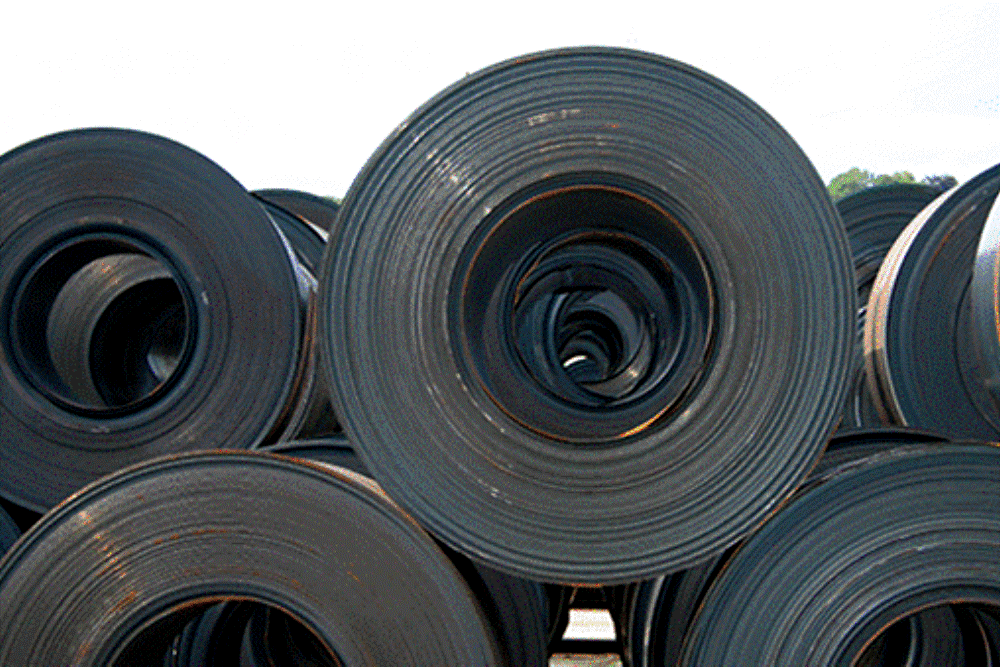
Having the knowledge of how different sorts of steel are prepared, just as appropriate applications for each kind, is urgent in ensuring you are getting the right material for your venture. Purchasing the right sort of steel will spare you both time and cash, guaranteeing you are offering the best quality items to your clients.
Cold Drawn Steel
Steel can be prepared to utilize an assortment of apparatus and at various temperatures. One of these procedures includes sending the steel through a couple of rollers that shape the metal to a particular thickness. Since cold drawn steel is prepared at this lower temperature, it requires extra strain to frame the completed item. It will regularly require various goes through the rollers to arrive at the critical thickness. This procedure brings about high elasticity of steel, which means it is increasingly impervious to twist or break under strain. Steel doesn't soften during the cold rolling procedure, so the completed item will keep up an increasingly exact and reliable thickness. The weight of cold rolling additionally brings about a progressively cleaned finish. This steel is perfect for items that require predictable thickness and a smooth, stylish completion, for example, home machines, metal furnishings, and specific development materials.
Cold Drawn Steel Versus Cold Rolled Steel
Cold drawn steel, similar to cold-rolled steel, is prepared at room temperature. Be that as it may, while cold rolling produces a level item, cool drawn steel delivers a slim shape, similar to a bar or wire. This is practiced by pounding down hot drawn steel to fit through a stamp: a machine that transforms and maneuvers the metal into its last prolonged shape. The cross-area of this last shape can be round, square, rectangular, hexagonal, or octagonal. Cold drawn steel is perfect for large items, such as shafting and auxiliary parts, just as shopper items that require a tasteful completion. Cold drawn steel has comparable advantages to cold drawn steel. The constrain required to make cold drawn steel brings about high rigidity and a smooth, cleaned finish. Like cold drawn steel, cold drawn steel doesn't change shape during handling, so the completed item has an anticipated thickness and shape. Cold drawn steel, for the most part, should be drawn on numerous occasions through various stamps to accomplish the correct size, prompting higher creation costs.
Hot versus Cold Drawn Steel
Hot drawn steel has a harsher completion and isn't as robust as cold drawn steel. There are likewise a few advantages when utilizing hot drawn steel rather than cold drawn steel. The first one is increasingly moldable, so it is more convenient to work with both during and after the rolling procedure. This flexibility additionally implies that the hot rolling of steel has lower costs because of fewer strides in the hot rolling procedure. For instance, the metal shouldn't be cooled before being sent through the rollers and can be substantially diminished in thickness with just one pass (contrasted with cold rolling, which requires numerous passes). Hot drawn steel is best utilized for items like rail tracks and I-pillars, which are created in high amounts and don't require a perfect completion. In cold-drawn steel, surface irregularities are reduced to 40-50 microns; the decarburized layer is stretched during drawing, and because of this, its depth usually does not exceed 50 microns. Cold-drawn steel bars, polished, increased surface finish, and increased dimensional accuracy are called silverfish. The microstructure of cold-drawn steel grade A40G, supplied in a heat-treated form, should consist of ferrite and plate perlite. The structure is granular (perlite is not allowed. The fracture of hot-rolled annealed and cold drawn steel should be homogeneous, fine-grained, without flocs, shrinkage shells, and burns. The fracture of the steel in the hardened state should be fine-grained, porcelain-free, without flocs and inclusions noticeable to the eye.
There are numerous reasons to pick one or another sort of steel, such as creation cost, quality prerequisites, and style. Knowing the contrasts between these three sorts will assist you in picking the best steel for your next venture.
EDITORIAL POLICY
Editorial Policy: The Flash List is dedicated to providing trustworthy editorial content by maintaining strict ethical standards, journalistic integrity, and credible professionalism regardless of any remuneration as working media. The Flash List is not affiliated with third-party companies mentioned and makes no endorsement or guarantee expressed or implied. The preceding article is intended for informational reference only, and does not constitute advice of any kind. Moreover, a qualified professional should be consulted regarding any lifestyle consideration, medical treatment, or monetary transaction, etc. Content contains affiliated link(s) for which compensation was received in accordance with USFTC regulations and terms and conditions.
MORE ON THE FLASH LIST
































